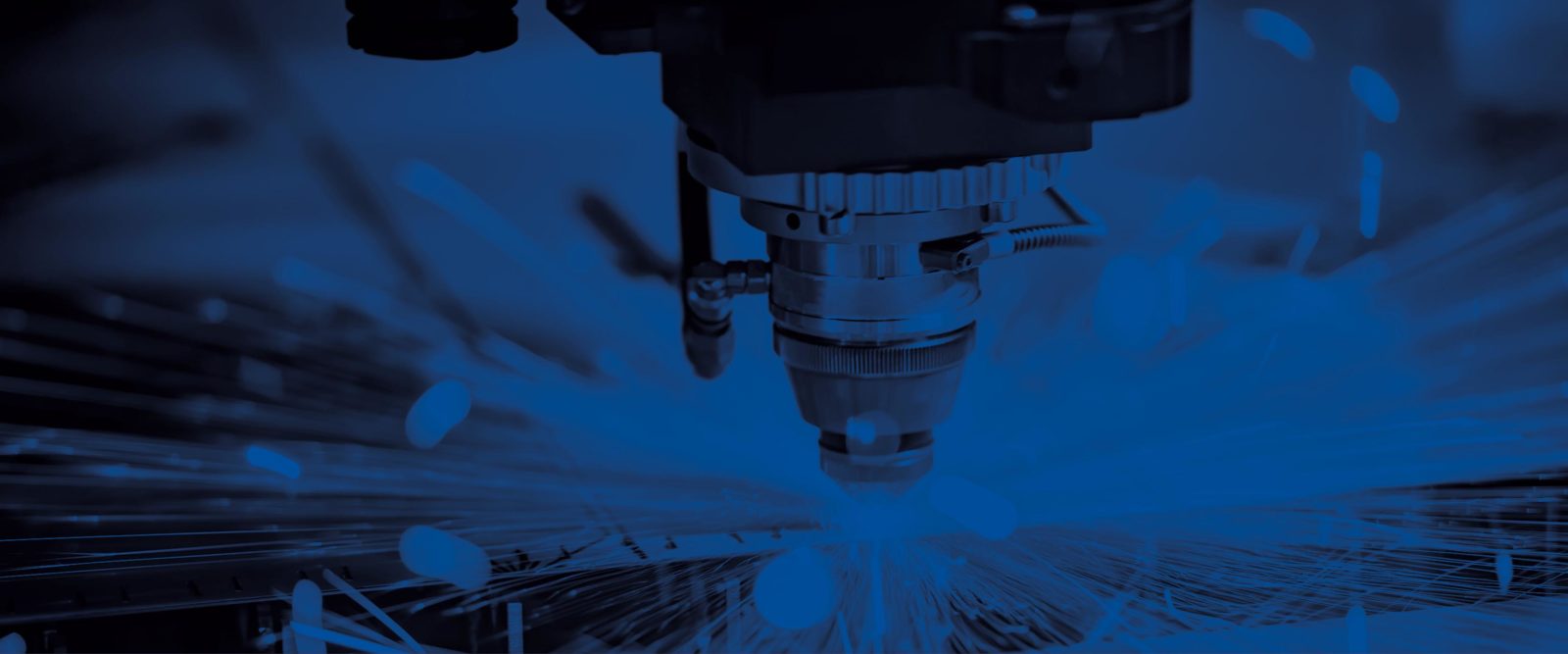Why introduce automation in manufacturing?
Automation is not just the latest buzzword in manufacturing. It’s an inevitable drive towards lower cost-per-part, higher efficiency and improved flexibility in manufacturing. Automation will occur the same way that muscle power lost out to the machines of the day during the first industrial revolution. Modern companies not adopting automation will get left behind during the coming fourth industrial revolution.
The increased popularity of Industry 4.0 principles is a good indicator that automation is here to stay and is set to completely change how products are manufactured. This is why industries are using or starting to introduce automation in manufacturing. By 2025 there will be a 15% increase in automation adoption, and roughly 1.2 million industrial robots will be deployed in various industries. It is also important to note that automated hardware is only a part of manufacturing automation and that the software also plays a large role in the drive towards automation.
The benefits of automation in manufacturing
We already established why introducing automation is an absolute necessity. The following section will give some practical examples of why it is good for a manufacturing business and can increase profitability when done correctly.
Cost
Business owners find themselves in the unenviable position of continuously having to balance a range of cost-related variables that could cripple their company if not maintained. Such variables can include labour costs, raw material costs, capital and operational costs. Automation won’t eliminate these issues but it will remove a significant chunk of the costs related to each of these.
- Reduced labour – Automation reduces labour costs because fewer hands are required to keep the factory producing parts. The reduction in labour costs cannot be underestimated. A well-implemented automation strategy can drastically reduce outlays by removing the need for mundane, repetitive jobs without sacrificing productivity.
- Less wastage – Human error is responsible for the vast majority of wastage. Automated systems can eliminate the scrapping of materials and parts due to human error. When properly set up, these machines do not make mistakes when monitored and maintained.
- Energy efficiency – Improved energy efficiency is a side effect of automated manufacturing. Better use of manufacturing time, fewer mistakes and decreased rework demand results in reduced energy per part. Furthermore, machines can be operated during the hours when energy costs are lower.
- Improved/Faster ROI – The equipment required to switch over to an automated factory is expensive. However, these costs are recovered quickly. Longer operating hours, more efficient manufacturing, fewer breakdowns, smart factory management – to name just a handful of advantages – all improve profitability. This in turn pays for the initial cost of automation.
Production
It is no secret that robots can perform faster, longer and more efficiently than any human can. The main reason for the adoption of automation in manufacturing plants is the gains achieved in productivity. Higher levels of productivity result in more products out the door. Listed below are some of the ways automation improves production rates.
- Longer operating hours – Robots monitored by automated systems can run longer than any human workforce with no added costs for working overtime. Theoretically, these machines can be run 24/7 provided an effective maintenance plan is implemented and that a robust software system is managing the operation.
- Fewer breakdowns – With machines running for longer hours, the breakdown rate must be kept in check. This is made easier with embedded sensors that monitor the condition of the machines. When anomalies are detected, instead of the plant coming to a standstill, other machines can be repurposed to take up the slack while the defective one is repaired. This can all happen with limited human involvement.
- Faster cycle times – A large chunk of potential manufacturing time is lost due to the set-up of machines, quality control and moving of raw materials or completed parts. Automated systems can handle all of these functions much quicker than humans can. As such, more time is available for actual manufacturing.
In conclusion
The next decade will be characterised by increased adoption of automation and the implementation of Industry 4.0 techniques and technologies in manufacturing. For those who choose to take the future of their companies in hand and prepare for the next industrial revolution, the benefits will be numerous. However, a poorly implemented automation strategy can be catastrophic; even highly successful companies can make the mistake of over-automation in manufacturing. A high-profile example of this is Tesla.
To learn more about automation in manufacturing, download the Kingsbury automation whitepaper and be sure to make contact with a Kingsbury consultant to discuss how to implement a sustainable automation solution.
